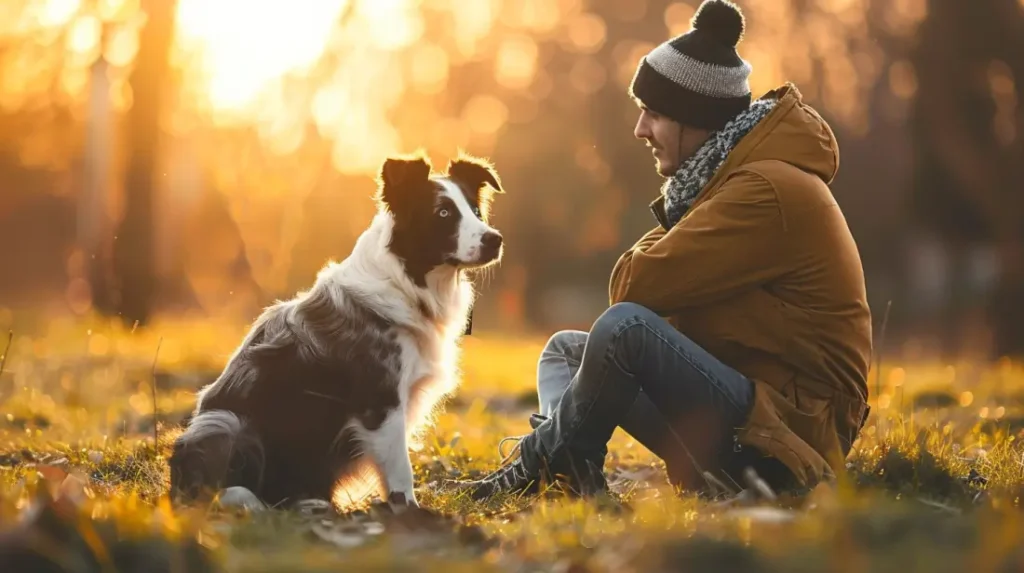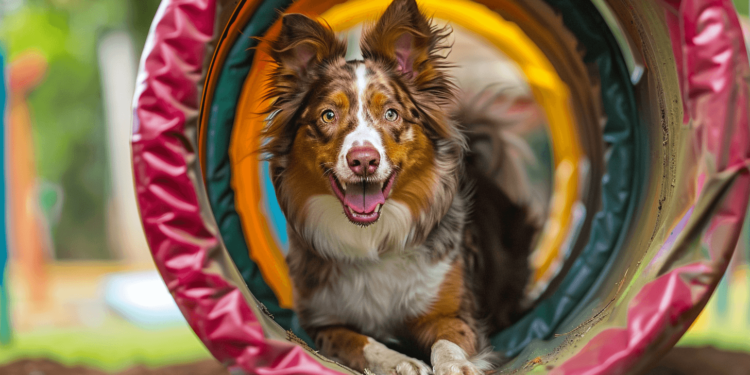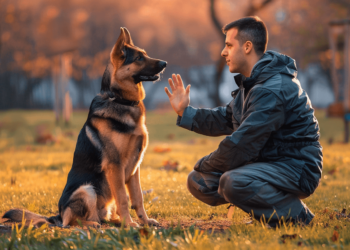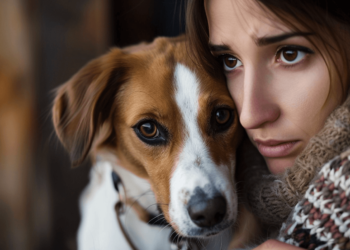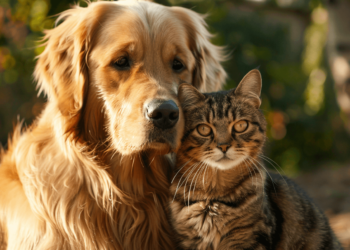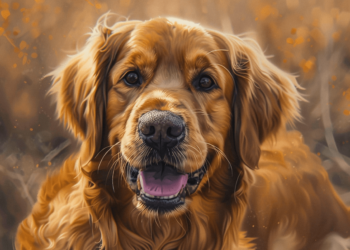Dog Training Secrets
Training my dog has been a transformative journey, teaching me that it’s not just about commands but about building a bond and understanding her unique personality. The importance of basic obedience training became clear when a solid recall saved her from running into danger. Discovering her food motivation made our sessions effective, using positive reinforcement to turn training into a fun game. Patience was key, celebrating small victories and breaking down tasks into manageable steps. Most importantly, keeping training fun ensured she always looked forward to our sessions, strengthening our bond and making every moment together delightful.
Introduction
When I first started training my dog, I had no idea how much I would learn about the process. It’s not just about teaching your dog to follow commands; it’s about building a relationship, understanding your dog’s unique needs and motivations, and making sure that training is fun for both of you. Through my journey, I discovered many crucial aspects of dog training that transformed the way I interact with my furry friend. Let me share with you some of the most important lessons I’ve learned, which I believe can benefit every dog owner and their beloved pets.
Importance of Basic Obedience Training
Before diving into agility training, it’s essential that your dog completes a basic obedience class. This foundational training is critical, as it equips your dog with essential skills that are necessary not only for agility but for everyday life. In a basic obedience class, your dog will learn commands like recall, sit/stay, down/stay, and how to walk nicely on a leash. For instance, a solid recall command can be a lifesaver if your dog ever gets off-leash unexpectedly. These skills create a framework for more advanced training and ensure your dog is well-behaved in various situations. I realized how beneficial these classes were when my food-motivated dog eagerly performed her new tricks for highly prized treats. This positive reinforcement approach, rather than punishment, made a world of difference.
In our basic obedience class, we worked extensively on the recall command. One day at the park, my dog spotted a squirrel and started running after it. Thanks to our training, I was able to call her back immediately, preventing her from running into a busy street.
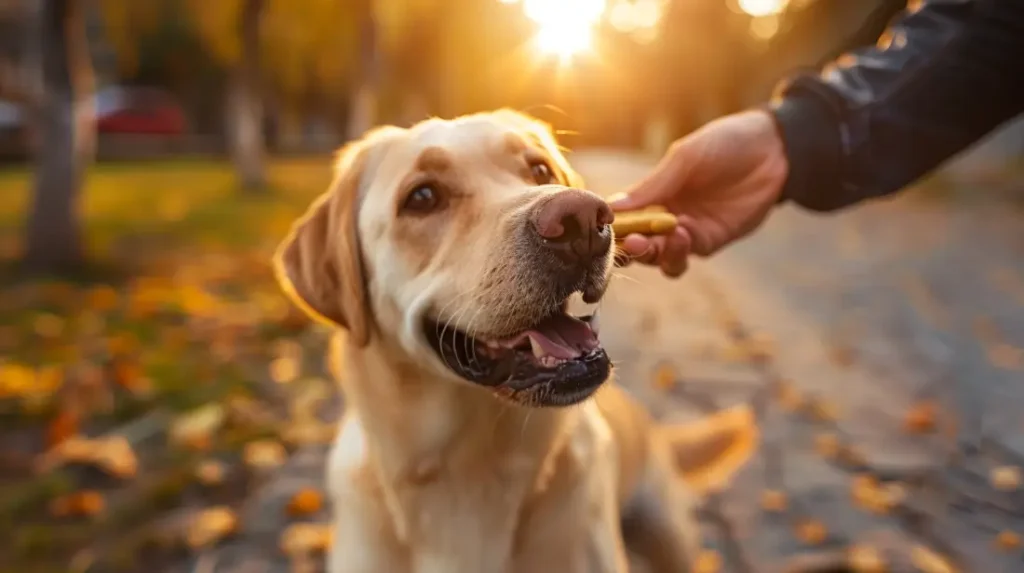
Understanding Your Dog’s Motivation
One of the most eye-opening aspects of training was learning what motivated my dog. For us, it was food. She would work her heart out for a tasty treat, which made training sessions more effective and enjoyable. Understanding what motivates your dog is crucial. Some dogs might respond better to toys, praise, or even playtime. For example, if your dog loves playing with a specific toy, use that as a reward during training. Positive reinforcement is the key—reward the behavior you want to see more of and ignore the behavior you don’t. This way, your dog will associate training with positive experiences, making them more eager to participate.
During our training sessions, I discovered that my dog absolutely loves cheese. By using small pieces of cheese as rewards, she became much more attentive and eager to perform the commands I was teaching her.
Pace of Training: Patience is Key
Training your dog is not a race; it’s a journey. Each dog learns at a different speed, and what comes easily to one might be challenging for another. Patience is paramount. I learned that if I rushed my dog, it only led to frustration for both of us. Instead, I started treating training like a game, allowing her to take as much time as she needed to figure out what I was asking. For instance, when teaching her to stay, I started with just a few seconds and gradually increased the duration. Celebrate small victories and be patient—it will pay off in the long run.
When teaching the “stay” command, I initially had my dog stay for just three seconds before rewarding her. Over several weeks, we gradually increased the duration, and now she can stay for several minutes, even with distractions around.
Breaking Down Tasks
To teach your dog complex skills, it’s essential to break down tasks into small, manageable steps. This approach prevents your dog from feeling overwhelmed and makes the learning process smoother. For example, when training for an agility tunnel, start with the tunnel scrunched up to its smallest form. Have someone place your dog at the entrance while you sit at the exit with a treat. Call your dog, and as soon as she comes through the tiny tunnel, reward her. Gradually expand the tunnel, using the same technique. By marking and rewarding each small success, your dog will quickly learn to navigate longer tunnels with confidence.
When training for an agility tunnel, we started with the tunnel scrunched up to its smallest form. I sat at the exit with a treat, and my friend placed my dog at the entrance. As soon as she came through the tiny tunnel, I rewarded her. We gradually expanded the tunnel using the same technique, and soon she was confidently navigating the full-length tunnel.
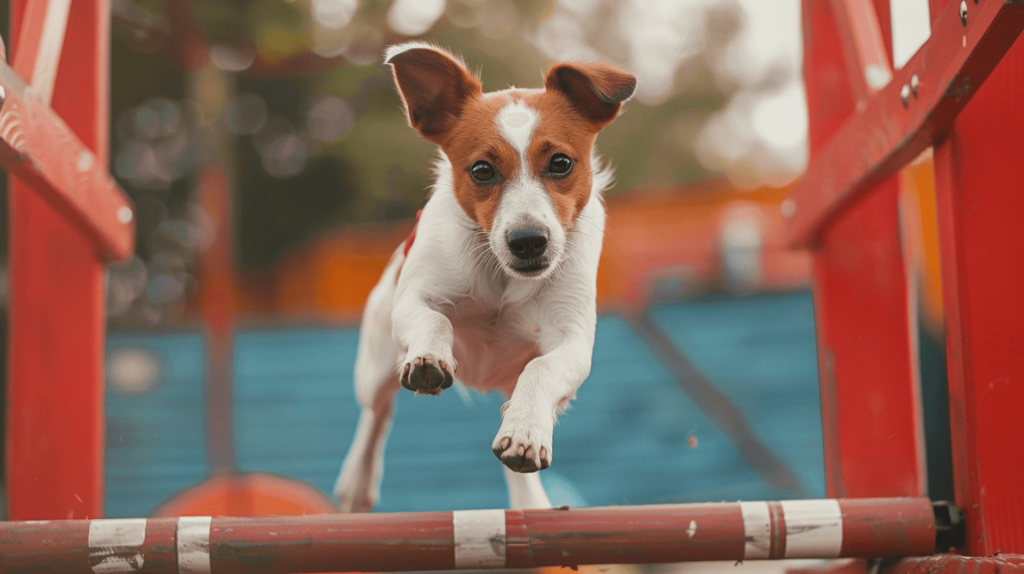
No Wrong Answers in Agility Training
In agility training, it’s important to create a positive and encouraging environment. Dogs can get confused and may shut down if they feel they’re constantly doing the wrong thing. Instead of scolding, use a non-scolding cue like “uh oh” or “oops” to indicate an incorrect action and ask them to try again. For example, if your dog jumps over the wrong hurdle, calmly say “oops” and guide them back to the correct one. When they get it right, make a huge deal out of it with praise and treats. This positive reinforcement makes your dog more eager to give you the correct response again.
During an agility session, my dog mistakenly went around a jump instead of over it. Instead of scolding her, I simply said “oops” and guided her back to the jump. When she successfully completed it, I praised her enthusiastically and gave her a treat. This positive reinforcement encouraged her to try harder and not be afraid of making mistakes.
Keeping Training Fun
Above all, training should be fun for both you and your dog. Even when you start competing or have been at it for a while, maintaining the fun is crucial. If you get too caught up in winning titles or competing, you might lose sight of why you started agility training in the first place. Remember, it’s a game! For example, mix up your training sessions with play breaks, fun games, or simply enjoy a relaxing walk together. When training remains enjoyable, your dog will be more enthusiastic and engaged, and so will you. Agility is a wonderful sport that can strengthen the bond between you and your dog, so always prioritize fun.
After a particularly intense training session, I always make sure to end on a high note with a game of fetch or a leisurely walk. This helps my dog associate training with positive experiences and keeps her excited for our next session.
Conclusion
My journey in dog training has taught me so much more than just how to teach my dog commands. It’s about understanding your dog’s needs, pacing the training to suit them, and keeping things fun and positive. Basic obedience training lays the groundwork for everything else, and understanding what motivates your dog can make a significant difference. Patience and breaking down tasks into small steps are crucial, and creating a positive, no-wrong-answers environment encourages your dog to learn without fear. Most importantly, never lose sight of the fun in training. So, run fast, run clean, and above all, have fun with your furry friend!
